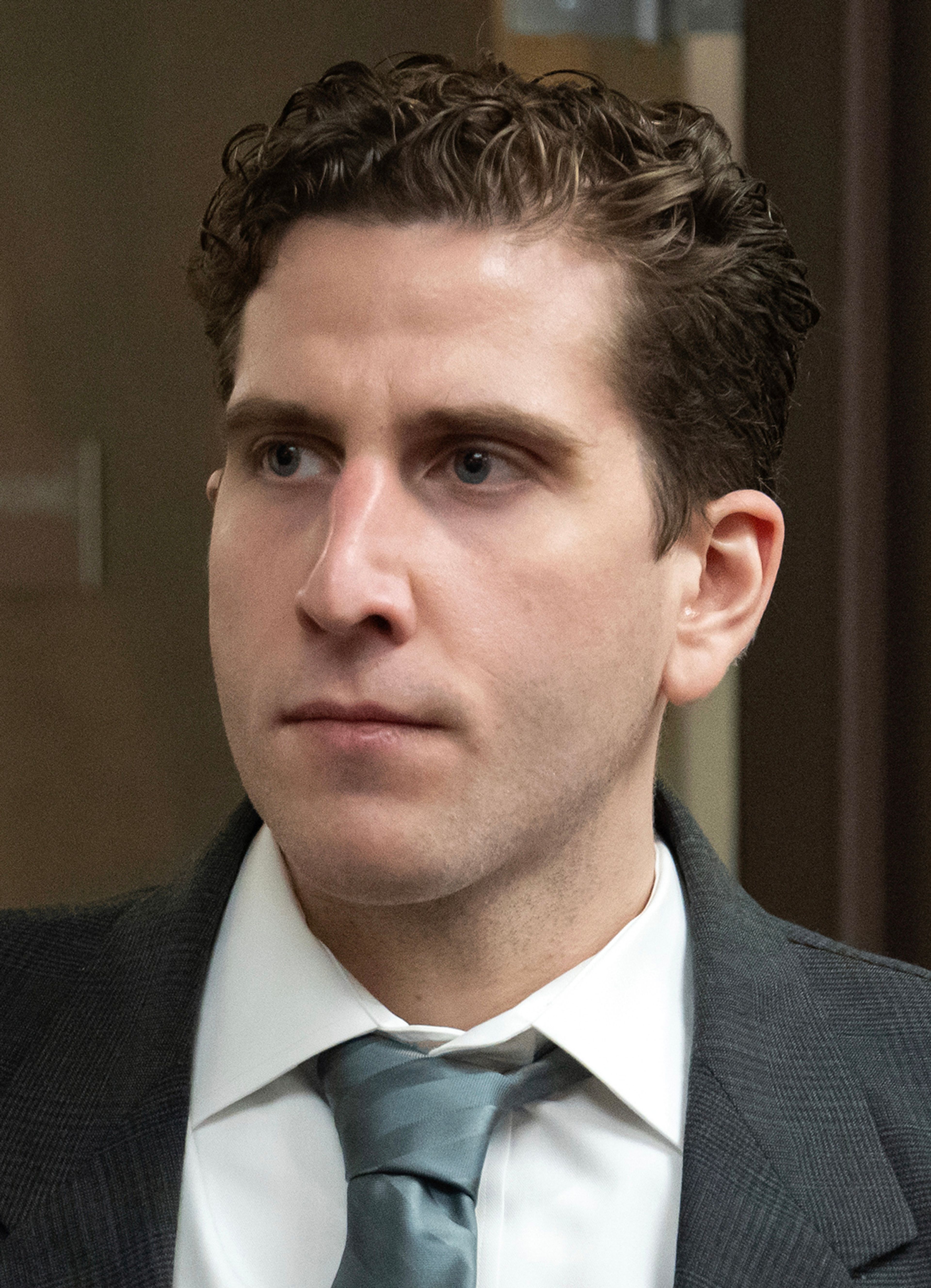PETS & VETS: Smuggling exotic birds into the U.S. a lucrative industry
According to the U.S. Department of Agriculture, about 25,000 exotic birds are smuggled into the United States every year. Some 15 percent of U.S. households include one or more pet birds. A rare bird can be valued at several hundred thousand dollars, and smuggling means huge profits for those who bring birds in illegally. Most of the birds originate from Central America, South America and Mexico.
Birds that are brought in legally are put in quarantine for 30 days. An importer must have an import permit, a health certificate for the bird in the nation of its origin and arrange for shipping the bird to its final destination after its release from quarantine.
Owners of pet birds who have traveled or lived abroad with a bird of U.S. origin also must quarantine the bird for 30 days when they return to the U.S.
QUESTION: Why is the federal government concerned about imported birds?
ANSWER: Exotic birds can bring in new diseases to U.S. poultry flocks and to pet birds. If a bird is brought in illegally, the quarantine period is ignored. Also, wholesale trafficking in parrots and other exotic birds threatens their extinction. Birds from the parrot family can carry psittacosis (parrot fever), an avian disease transmissible from birds and mammals, including man. If droppings of birds that have the disease come in contact with healthy birds or people, the disease is passed on. Dry feces become dust-like particles that can be inhaled. Flu-like symptoms develop. Fortunately, psittacosis is treated effectively with antibiotics if diagnosed in time.
An even more dangerous disease, Newcastle, can be carried by imported birds. This pneumonia-like avian ailment can quickly kill pet birds and poultry. In 1972 the disease broke out in California and nearly 7 million chickens were destroyed. The U.S. Department of Agriculture spent $57 million eradicating the Newcastle epidemic. You can see why quarantine for imported birds is necessary. Exotic birds are in danger of becoming extinct in their native lands.
QUESTION: Why are exotic birds so expensive? ANSWER: Bird prices increase almost faster than do the birds themselves. Recently I saw a hyacinth macaw listed on the Internet at what was claimed to be a very good price, $11,000. Macaws do not reach maturity until they are more than 10 years old and often do not breed until they are in their 40s. If conditions are right, a mature female lays only one or two eggs a year. Macaws, like many members of the parrot family, rarely breed in captivity. Most that are for sale are trapped in the wild.
Collecting macaws and other rare birds is one of the hobbies of the wealthy. Probably millions of wild birds are trapped each year to satisfy the growing demand. Many of these birds die before they ever reach the market.
A private study recently showed that several popular species are being pushed toward extinction. Even the mynah bird is becoming rare or has disappeared entirely in parts of its range in Southeast Asia.
Mary Ellen Gorham is a Pullman pet fancier.








